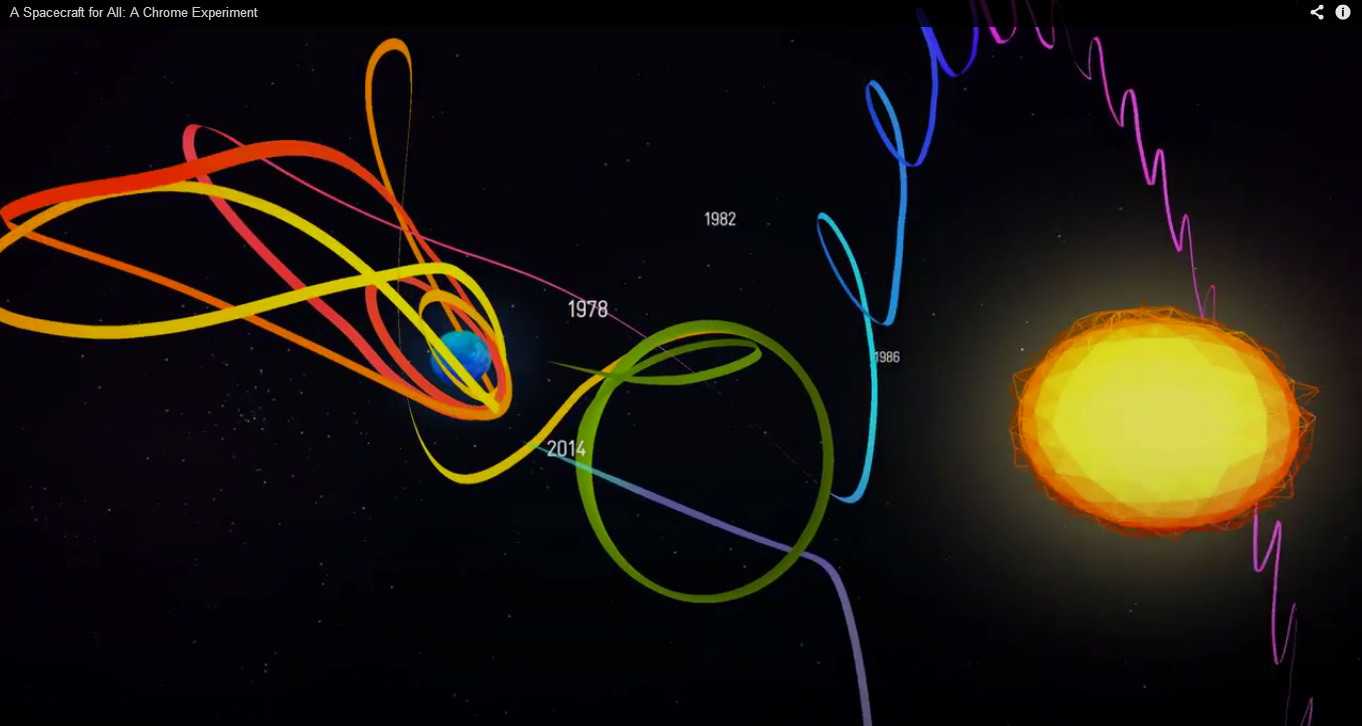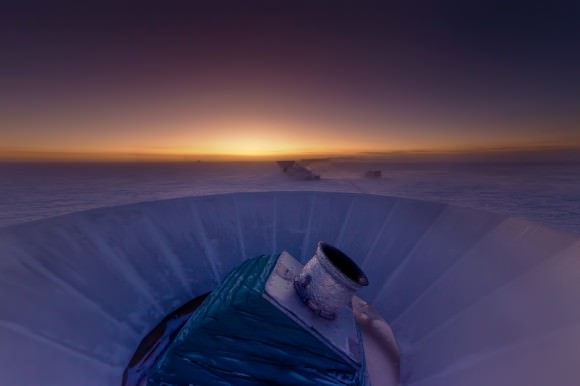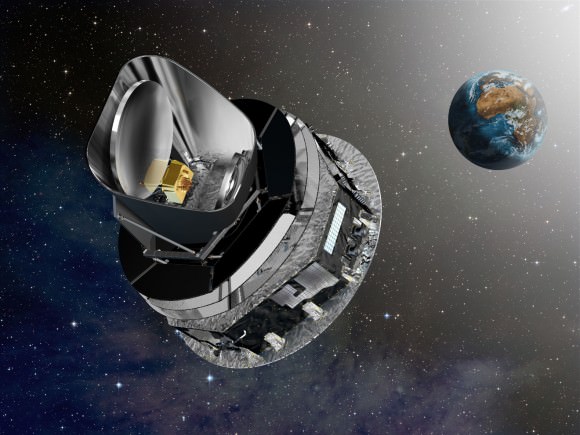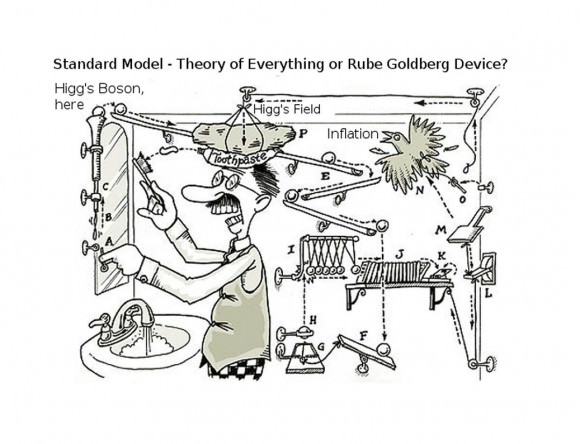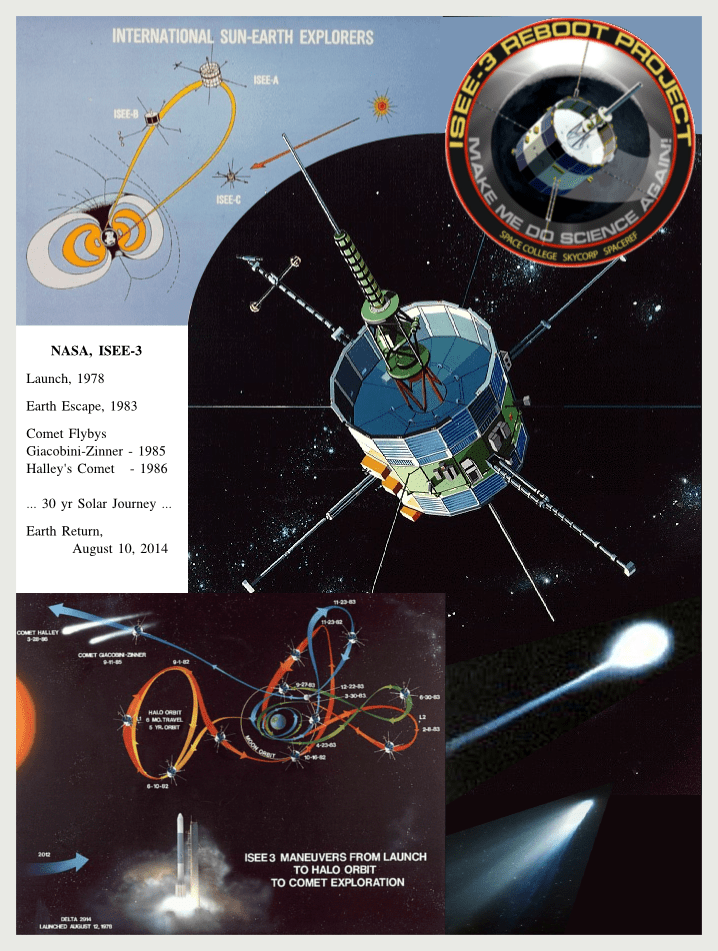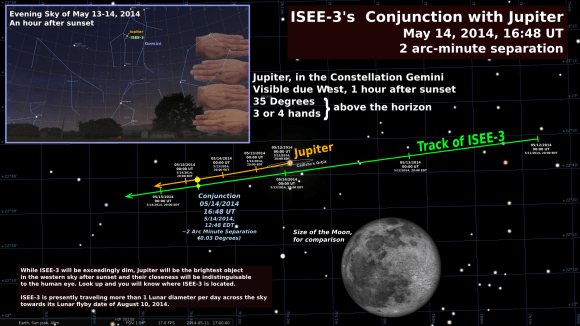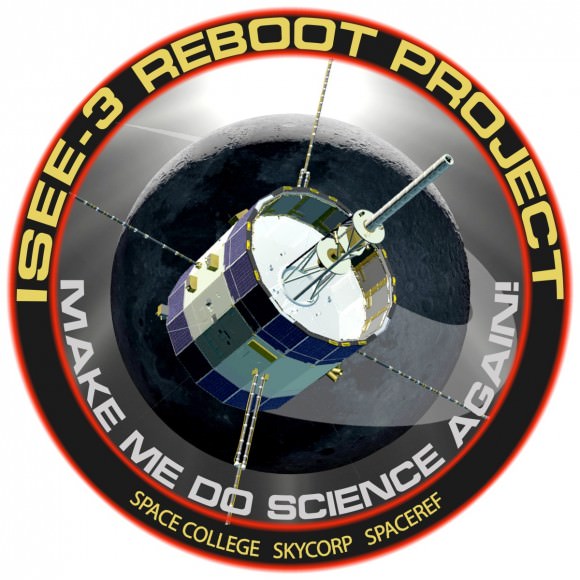The journey began on August 12, 1978 from Cape Canaveral on a Delta II launch vehicle. Now after 36 years and 30 billions miles of travel around the Sun — as well as a crowd-funded reboot of the spacecraft and a foiled attempt to put it into Earth orbit — the ISEE-3 has completed a return visit to the Earth-Moon system.
The spacecraft made its closest approach to the Earth on August 9 and flyby of the Moon, August 10, 2014. Closest approach was 15,600 km (9693 miles) from the Moon’s surface. With the lunar flyby, Skycorp, Inc. of Mountain View, California, with help from Google Creative Labs, has announced a revised mission for ISEE-3 to deliver science to the public domain.
ISEE-3 has marked several important milestones and achievements for NASA over the five decades in which it has traveled and monitored the particles and fields between the Earth and the Sun. Its latest milestone – returning to Earth, was planned and refined over 30 years ago. However, with NASA no longer interested in recovering the spacecraft because of the limitations of its present budgets, its impending return would be with no fanfare, no commanding, no recovery into Earth orbit and no new mission. With the news that NASA could not afford a recovery, space enthusiasts began to talk. Retired and active aerospace engineers began to exchange ideas with avid HAM radio operators around the World. Finally, one group took charge. They revived the vintage spacecraft and has now designed a new mission for the it.
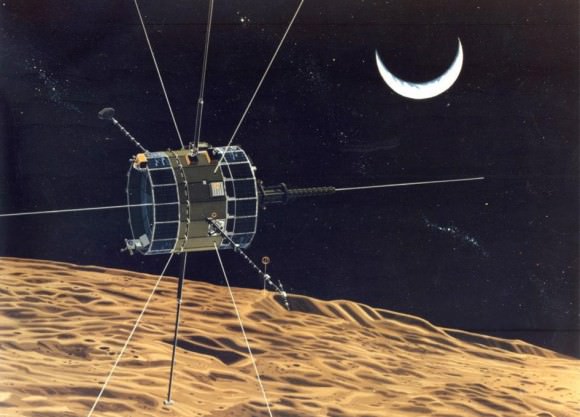
Enter Dennis Wingo and Austin Epps of Skycorp, Inc. Residing in an abandoned McDonald’s drive-thru on Moffett Field in Mountain View, California, they began a journey in March to recover the spacecraft. First off, before any recovery attempt could be undertaken, it required original documentation, so Dennis with assistance from Keith Cowing began contacting original ISEE-3 engineers, calling, knocking on NASA doors and finally began signing NASA space act agreements to have the documents released into their possession. And what fascinating documents they were.
Written long before the internet, before the first personal computers and when computer punch cards and main frames were the means to program and command spacecraft, most of the ISEE-3 documents resided as printed documents only, on none other than paper, yellowing and old, doomed to eventually rot away in modest storage rooms. Some had been converted to the modern archive format, Adobe’s PDF file format. This was the beginning of revival of a working knowledge to command the spacecraft. It was very sketchy but in about 90 days, documents appeared, documents were scanned to PDFs, searched and the team prepared for the recovery attempt.
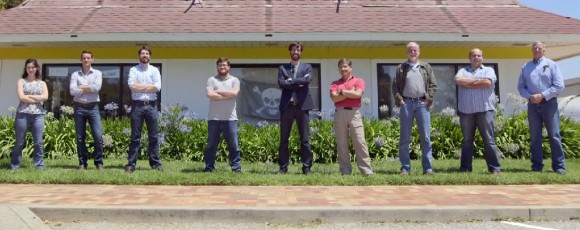
The team grew rapidly and as the Beatles song goes, Skycorp got by with a little help from their friends. Actually, a lot of help from their friends. First, there was a crowd funding effort. Thousands of individuals from around the globe contributed to a final crowd funding purse of about $160,000. This is in contrast to the $100 million or much more that is required to reach just the launch date of a NASA mission.
Next, the people that had been exchanging comments on blogs (e.g. Planetary blog post on ISEE-3) began making themselves available, no charge, providing decades of accrued experience in spacecraft design and operation and other very relevant expertise. There were original NASA engineers, Robert Farquhar and David Dunham, Warren Martin, Bobby Williams, and Craig Roberts. HAM radio operators appeared or were contacted from as far as England (AMSAT-UK), Germany(Bochum Obs.) and as nearby as the SETI Institute in Mountain View, California. All this expertise, working knowledge and capable hardware had to converge very rapidly. By the latter half of May, they were ready.
The operators of the venerable Arecibo Radio Telescope offered their expertise and its 1000 foot radio dish for communication purposes. And an absolutely critical solution was found to replace the lack of any existing transmitter that could communicate with the old 40 year old technology. NASA had retired and scrapped the original Deep Space Network equipment. So technology developed by Ettus Research Corp. of Santa Clara, California was identified as a possible replacement for the non-existent transmitter. Ettus proposed a combination of open source software called Gnu Radio configured to work with Ettus developed Universal Software Radio Peripheral (USRP) platforms as the solution. With the Skycorp team constructing the command sequences, Ettus engineers Balint Seeber and a former engineer John Marlsbury rigged the critical substitute for a hardware transmitter and with the expertise to modulate and demodulate a radio signal, a trip to Puerto Rico and the Arecibo dish was undertaken in May.
After two weeks of some waiting on hardware and trial and error, there was success. Two-way communication was achieved and ISEE-3 truly became ISEE-3 Reboot. Further hiccups unfolded by trial and error, learning to command and receive with still less than complete working knowledge. More NASA space act agreements were necessary to permit the access to achieve success. Finally, NASA provided time on the Deep Space Network, the famous Goldstone radio dish and others in the network, famous for communicating with Apollo missions and Voyagers at the edge of the Solar System. This provided further attempts at communication that helped to resolve and understand issues. Furthermore, a Bell Labs engineer, Phil Karn Jr. (KA9Q) volunteered his expertise in late night work sessions, to demodulate and decode the incoming radio signal, to convert analog signal into 1’s and 0’s. Phil provided crucial input and energy to the ISEE-3 Reboot at a key juncture.
The ultimate goal could now be attempted – command the spacecraft to fire its rocket engines to change its trajectory and become captured by the Earth’s gravitational field. Mike Loucks of Space Exploration Engineering and engineers of Applied Defense Solutions, Inc. worked quickly to provide trajectory information and revisions. Finally, commanding ISEE-3 to fire its rockets was attempted and then attempted again and again. Skycorp concluded that father time was what was truly in command of ISEE-3’s destiny. Thirty-six years in space had taken its toll and Skycorp engineers realized that the fuel tanks had lost pressure. They could command it in all necessary ways but the spacecraft could not squeeze the fuel out of the tanks.
Recovering from this disappointment, Skycorp has arrived at today with the help of the original engineers lead by Robert Farquhar of Goddard Space Flight Center, along with the thousands through crowd funding contributions and an incredible group of volunteers. And along the way, Google Creative Labs documented the adventure and created the compendium which was delivered to the public domain last week, A Spacecraft for All. This web site provides a graphic illustration of both the ISEE-3 timeline as well as its incredible journey to explore the Sun-Earth relationship, study two comets and then undertake a 30 year journey to return to Earth on August 10, 2014.
Using the radio telescope at Morehead State University, they will continue receiving the commanded telemetry stream from the remaining viable science instruments, process the data and present it to the public and to professional researchers alike for analysis. While ISEE-3 could not be recovered into an Earth orbit as Farquhar had hoped decades ago, it will continue its journey around the Sun and return to the vicinity of the Earth in 2029. How long telemetry from ISEE-3 can be received as it travels away from the Earth remains to be seen, and keeping in contact with it will be a challenge for its new operators in the months ahead.
Watch the video below about the project:

